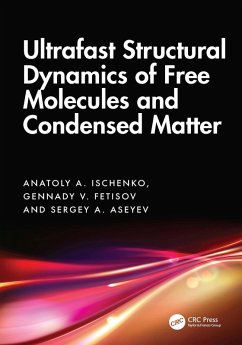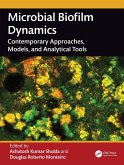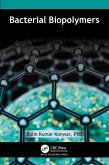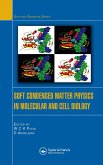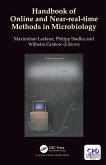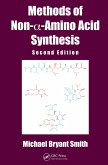This concept of a "moment," an ultra-short time interval in the natural sciences, forces us to think about the relative positions of the atoms that define the barrier to the process of their interaction. It is the control of the barrier height that allows one of many possible atomic rearrangements to occur, since it occurs faster than competing processes. That is, the process of molecular transformation during interaction is inherently a "race against time." Manipulating the barrier height gives effective, exponential control over the yield of the reaction product. The problem of visualizing transition state structures is akin to finding a way from one valley to another in a very rugged mountainous area during an earthquake, where the mountains and the landscape change as you move across the terrain: suddenly a crack appears and the shaking takes you to a more stable valley. Without a detailed understanding of how fluctuations - in this analogy, shaking - affect the potential energy landscape, it would be difficult to guess where and when the crack will form or the path to the next valley.
At its most fundamental, chemistry is the study of structural dynamics, discussed both for synthetic purposes and for physical methods with the explicit goal of controlling the transformation of matter from one form/property to another. We now have tools to observe chemical reactions at the atomic level.
This monograph presents a picture of the development and evolution of methods for detecting ultrafast structural dynamics processes. It describes the theoretical foundations and principles of the relevant experimental techniques, as well as prospects for their improvement for application in the latest existing and developing technologies. The book presents the achievements of ultrafast methods of spectroscopy, electron diffraction, X-ray diffraction and electron microscopy for diagnostics of the structural dynamics of matter in states far from equilibrium and extreme states of matter. In general, the information obtained is of particular value for understanding the relationship between the elements of the structure-dynamics-function triad. In the future, this will ensure control over the functional capabilities of various materials far from equilibrium and the creation of new atomic and molecular technologies.
The monograph is recommended for a wide range of readers interested in the problems of the structure of matter, ultrafast structural dynamics, including the study of the structure and dynamics of nanomaterials: scientists, graduate students and students specializing in this interesting and rapidly developing area of modern natural science, which is now called "ultrafast science".
· Ultrafast transmission electron microscopy uncover structure-function relationships
· Ultra-short photoelectron pulses opened up the studying of structural dynamics
· One electron femtosecond pulses prevents damage of biological objects
· Ultrafast electron microscopy uncover simultaneous real space and diffraction imaging
· Ultrafast diffraction and tomography holds complete information of the quantum state
Dieser Download kann aus rechtlichen Gründen nur mit Rechnungsadresse in A, B, BG, CY, CZ, D, DK, EW, E, FIN, F, GR, HR, H, IRL, I, LT, L, LR, M, NL, PL, P, R, S, SLO, SK ausgeliefert werden.

